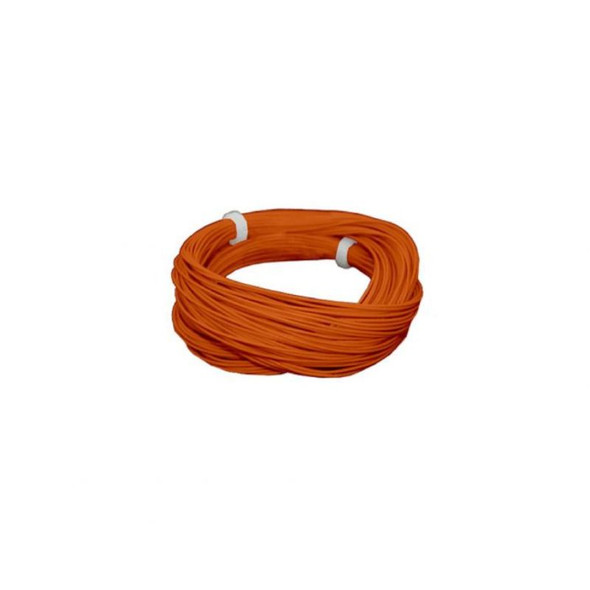Description
Details
Store Location: |
P# 262 / Aisle 16C #3315 |
Customer Reviews
-
Need Fine Wire? Excluding Magnet Wire, This Is...
I was looking for fine wire to install some "external decoders"* in my N-scale and Z-scale locomotives. This was the finest conventional, insulated wire I could find, and it works just...fine! ESU makes it in many colors but I wanted only black. The wire carries the required current, is thin enough to flex easily between a locomotive and a rail car, and it is fine enough to approximately pass as air brake hoses or electrical connections. I bought PLENTY of this wire because I plan to go back and substitute it into previously completed "external" decoder installations in addition to using it for brand new installations. *An external decoder is one that is wired to the locomotive's track pick-up, motor, and lights with enough wire to allow the actual decoder to be placed in a tender or any other enclosed car (like a box car or a baggage car or a passenger car) that follows behind the locomotive. This allows the conversion from DC to DCC of locomotives that have little or no space inside for even a small decoder. As an added benefit, an external decoder in a trailing car can also be a larger, usually less expensive one AND the car in which it is housed often has enough space to add a Keep Alive capacitor that would never fit in a small locomotive. The Result: A DCC locomotive that one might have previously considered a hopeless case, that, especially with a Keep Alive, may also actually run better over dirty track, switches, etc. than it did on DC.






